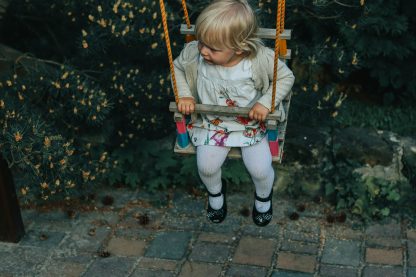Table of Contents
Establishing safety procedures for babysitters is vital to ensure that they are equipped to handle any situation that may arise while caring for children. One of the most crucial aspects of safety procedures is emergency preparedness. Babysitters should be trained in basic first aid and CPR in case of accidents or injuries. Knowing how to respond in emergency situations can make a significant difference in the outcome for both the babysitter and the children in their care.
Additionally, babysitters should have a clear understanding of what to do in the event of a fire, natural disaster, or other emergencies. It is essential to have an emergency plan in place and to communicate this plan with the children and parents. Knowing where emergency exits are located, how to contact emergency services, and where to find important contact information can help babysitters respond quickly and effectively in emergencies.
Setting boundaries with children is another important aspect of establishing safety procedures for babysitters. Babysitters should have clear rules and expectations for behavior, such as no roughhousing, no leaving the house without permission, and no talking to strangers. Setting boundaries helps prevent accidents, conflicts, and misunderstandings and helps create a safe and respectful environment for both the babysitter and the children.

Communication with parents is essential for babysitters to establish safety procedures effectively. Babysitters should have open and honest communication with parents about their expectations, rules, and concerns. It is crucial to ask parents about any allergies, medical conditions, or other special considerations for the children in their care. Babysitters should also keep parents informed about any incidents, accidents, or emergencies that occur while they are babysitting.
Dealing with challenging situations is a critical skill for babysitters to develop. Whether it is a child throwing a tantrum, refusing to listen, or getting injured, babysitters must stay calm, patient, and composed. They should have strategies for managing challenging behaviors, such as distraction, redirection, or time-outs. Babysitters should also know when to seek help from parents, other adults, or emergency services if a situation becomes too difficult to handle on their own.
Finally, providing safe and healthy environments for children is a top priority for babysitters. Babysitters should ensure that the home is childproofed, with hazards such as sharp objects, chemicals, and electrical outlets out of reach. They should also encourage children to engage in safe and healthy activities, such as outdoor play, creative arts and crafts, and nutritious snacks. Babysitters should be aware of any dietary restrictions or allergies that the children may have and be prepared to provide appropriate meals and snacks.
In conclusion, establishing safety procedures for babysitters is essential for ensuring the well-being of the children in their care. From emergency preparedness to setting boundaries with children, communicating with parents, dealing with challenging situations, and providing safe and healthy environments, babysitters must be prepared to handle any situation that may arise while babysitting. By following safety procedures, babysitters can create a safe, nurturing, and enjoyable environment for children to thrive and grow.










